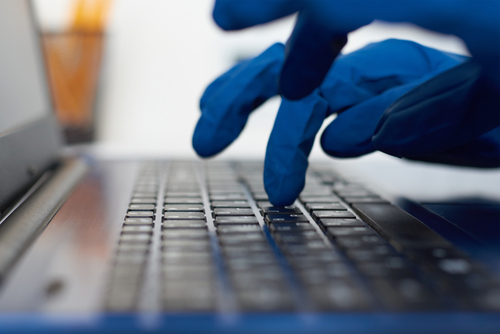
In studying 98 million Americans, a Stanford and Northwestern University team of researchers has created a computer model to chart how COVID-19 infections spread through urban areas — and it has already accurately predicted spread in 10 major cities.
“We built a computer model to analyze how people of different demographic backgrounds, and from different neighborhoods, visit different types of places that are more or less crowded. Based on all of this, we could predict the likelihood of new infections occurring at any given place or time,” Jure Leskovec, the Stanford computer scientist who led the effort, said.
The study, published in the journal Nature, was conducted over the spring, based on an analysis of three factors fuelling infection risk: where people go, how long they stay, and how many are visiting the same place simultaneously. It achieved this through the margin of demographic data, epidemiological estimates, and anonymous cellphone location information. In doing so, it backed the notion that most COVID-19 transmissions occur at superspreader sites such as restaurants or gyms.
Researchers tracked 98 million Americans through New York, Los Angeles, Chicago, Dallas, Washington, D.C., Houston, Atlanta, Miami, Philadelphia, and San Francisco. Beyond the superspreader implications, the study also provided evidence of the successful nature of stay-at-home policies in reducing new infections. It revealed how mobility patterns fuel infection among minority and low-income populations in particular.
“Because the places that employ minority and low-income people are often smaller and more crowded, occupancy caps on reopened stores can lower the risks they face,” David Grusky, study co-author and a Stanford professor of sociology, said. “We have a responsibility to build reopening plans that eliminate – or at least reduce – the disparities that current practices are creating.”
Grusky and his colleagues showed that minority and low-income people leave home more often because their jobs require it, and shop at smaller, more crowded businesses than people with higher incomes, who work-from-home, use home-delivery to avoid shopping and trend toward roomier businesses when they do emerge. In fact, the study showed that non-white populations faced double the risk of buying groceries than whites.
Reopening businesses with lower occupancy caps tends to benefit these disadvantaged groups the most, Grusky added. With such data in hand, the researchers were hopeful that officials could better balance the tradeoffs between new infections and sales lost to lessened capacities.
The tools used for this study have seen been made publicly available, along with associated data.




